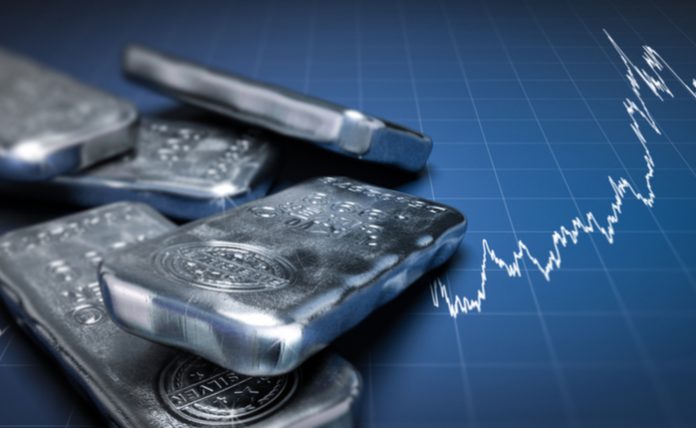Throughout the last half of the 2018 business year, commodities have seen their prices drop significantly. Precious metals, oil, and agricultural goods all dropped during this time, but since the start of 2019 commodities have rallied in prices.
Gold, Palladium, Copper, and others have seen steady price increases of over ten percent on a monthly basis. However, while speculators and the businesses producing these commodities are excited, one of Wall Street’s top investment banks has issued a warning to investors. Goldman Sachs announced today (NYSE: GS) that people hoping to bank on this bull run should be cautious.
The investment bank went on to state that the commodities sectors need to see stronger fundamentals to justify further rallies in the future. According to MarketWatch, Goldman analysts went on to say that “We believe that commodities have now reached a level where they are no longer significantly undervalued relative to their current fundamentals. Accordingly, from this point, positive returns will need to be justified by further evidence of improving fundamentals.”
Overall, commodities as a sector have risen 12 percent year to date, but some see this fading in the months to come. Some have gone on to describe the current economic situation as a “Goldilocks” economy, where markets are neither too cold to cause a recession nor too hot to cause a bull market. Attributing most of commodities gains’ as a “Goldilocks” rally, analysts at the institution went on to say that “further gains will need to be fundamentally-driven.”
Some would argue that in many markets there is sufficient fundamental demand to justify price increases. The palladium market has seen drastic surges in price as demand for catalytic converters – the main use of the precious metal – continues to rise amidst environmental regulations. At the same time, we’ve begun to see the emergence of voices claiming that palladium prices are verging on a bubble. Other commodities have risen in price due to reduced supply, such as iron ore, where Vale’s (NYSE: VALE) dam disaster has seen the company fall back on its supply contracts.
But the main reason behind skeptical voices cautioning against banking on commodities comes from weak Chinese data. The Asian country lowed its economic growth target to around 6 percent with manufacturing data, poor property sales, and credit information all being worrisome early signs for the economic giant.
Goldman analysts did end up adding that the “scope for demand to improve in line with global GDP growth, but relative value trades within the sector are arguably much more interesting given the degree of supply differentiation between each metal.” Expecting to see some improvement in the coming months as Chinese regulators shift their policy to encourage growth, they added that January credit data “demonstrate that Chinese policymakers are willing to ease policy in response to GDP growth rates that are now running significantly below their targets.”
Gold prices have also seen declines over the past few days, settling at $1,284.70 per ounce. Overall, prices of the yellow metal will depend largely on future results from China, alongside how U.S.-China trade talks end up resolving in the coming weeks. However, the yellow metal isn’t considered a traditional commodity like copper or iron as prices are inversely proportional to economic news.
Whether or not the current commodities run continues past 2019 seems mainly dependant on future Chinese economic data, something that traders and investors alike will be keeping a close eye out for.










